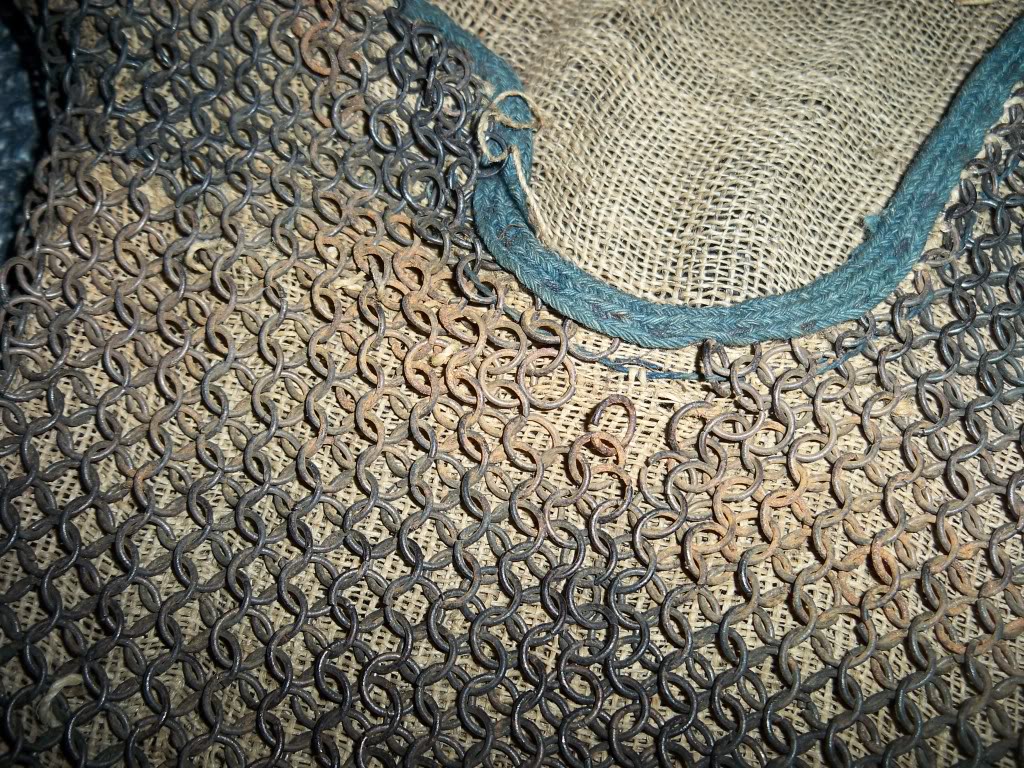Posts: 1,420 Location: New Orleans
Mon 07 Jun, 2010 8:06 am
Couple of comments ... I did some research on this recently..
The Japanese did use stand-alone
mail armor (called Kusari Gosuko or Kusari Katabira) though it was not a prestige or popular armor for Samurai. Probably because it was not that great against arrows (and later arquebus balls). Like most archery oriented cultures lamellar was preferred but not as universal as sometimes depicted.
Japanese butted mail is double ringed like a key chain, this probably makes it a bit more durable than the ren-faire type butted mail. But it's also often much thinner wire, in 16th and 17th Century Japanese panoplies that I've seen the wire was about as thick as a paper clip and the links no more than 3mm or so, and the weave was very open with gaps between each link (a sort cross pattern). These were linking small iron plates in sleeves and side of the armor. It was much weaker than equivalent European, Central Asian or South Asian mail that I've seen.
It is my understanding that the Japanese adopted riveted mail shortly after European contact in the 16th Century widely if not universally, and also purchased mail shirts in some quantity from the Portuguese, the Dutch and the Spanish. In fact it was mentioned in surviving European records from the 16th Century as a significant trade cargo. The first cargo brought to Japan by William Adams included a chest containing 100 mail shirts IIRC.
Japanese armor came to incorporate foreign elements in the 16th Century and armor incorporating European breast plates were prestige armors. Indigenous Japanese armor began to feature solid or solid-riveted breast plates shortly after European contact and the traditional laced kozane (lamellar) began to decline as the principle element of Japanese armor. The old fashioned ô-yoroi was replaced by heavier 'modern' European style armors called Toudei-Gusoku or Tosei Gusoku, some of them were proofed (some surviving do have proof marks). They even created a 'Nanban' (foreign) style version of a peascod breastplate which was called a pigeon breast armor IIRC.
J




